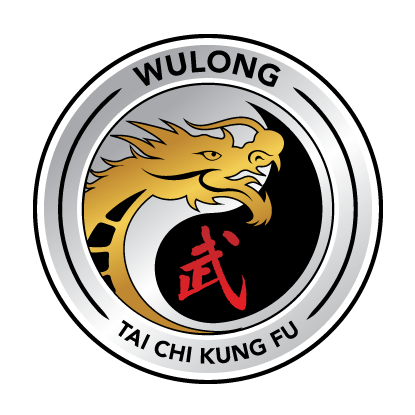Tai Chi and Qigong are ancient Chinese practices that can be beneficial for pain management. They have distinct characteristics that contribute to their effectiveness:
1. Mind-Body Connection - Both Tai Chi and Qigong emphasize mindfulness, deep breathing, and relaxation. This mind-body connection helps reduce stress and tension, which can alleviate pain and promote overall well-being.
2. Gentle Movements - The slow, controlled movements in Tai Chi and Qigong are non-strenuous and low-impact, making them suitable for people with pain conditions, such as arthritis or joint issues.
3. Improved Circulation - The rhythmic and flowing movements in these practices can enhance blood flow and circulation, promoting healing and reducing pain.
4. Harmonised Energy Flow (Qi) - In Qigong, there is a focus on vital energy - balancing and harmonizing the flow of Qi in the body can help alleviate pain and promote health.
5. Enhanced Flexibility and Strength - Regular practice of Tai Chi and Qigong can improve flexibility, balance, and muscle strength, which may help reduce pain associated with musculoskeletal conditions.
6. Reduced Stress - Chronic pain can be exacerbated by stress and anxiety. Both Tai Chi and Qigong are known for their stress-relieving properties, which can indirectly contribute to pain reduction.
7. Holistic Approach - Tai Chi and Qigong are holistic practices that promote overall health and well-being. They address the physical, mental, and emotional aspects of a person, creating a comprehensive approach to pain management.
Here are a few of the latest research papers -
Chronic low back - Tai Chi combines multiple forms of training for muscle strength, stability, static and dynamic balance, muscle strength and bone density, motor function to effectively improve the symptoms of low back pain.
https://doi.org/10.1371/journal.pone.0306518
Lower back and leg pain - Qigong intervention patients with chronic lower back pain and/or leg pain, also patients with lower back pain/sciatica after lumbar spine surgery, had significantly improved in self-reported pain, function, and quality of life.
https://bmcmusculoskeletdisord.biomedcentral.com/articles/10.1186/s12891-023-06581-w
Multisite pain - Tai Chi, as a movement-based mind–body exercise, can relieve pain symptoms, improve cognition and physical function, and lower risk for falls in older adults.
https://link.springer.com/article/10.1007/s40520-023-02439-2
Neck pain - Tai Chi appears to be critical to reductions in chronic nonspecific neck pain.
https://www.liebertpub.com/doi/10.1089/jicm.2022.0789
Back and neck pain - Baduanjin exercise contributes to the reduction of the perceived anxiety related to COVID19, decreases the prevalence of the lower back pain, and improves the psychological well-being of college students.
https://bmcsportsscimedrehabil.biomedcentral.com/articles/10.1186/s13102-022-00493-3
If you are looking for a taichi program to maintain your physical health and support pain management, try a Wulong class today. Click here to see all our class locations and timings.

